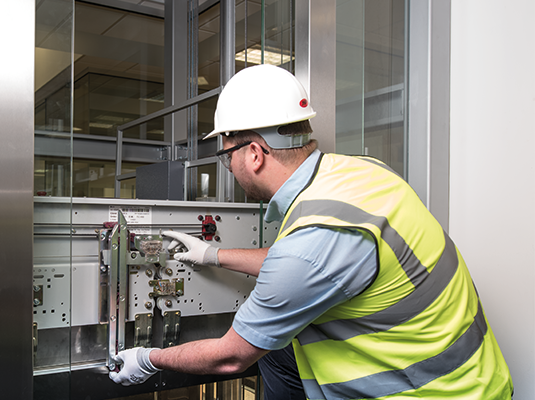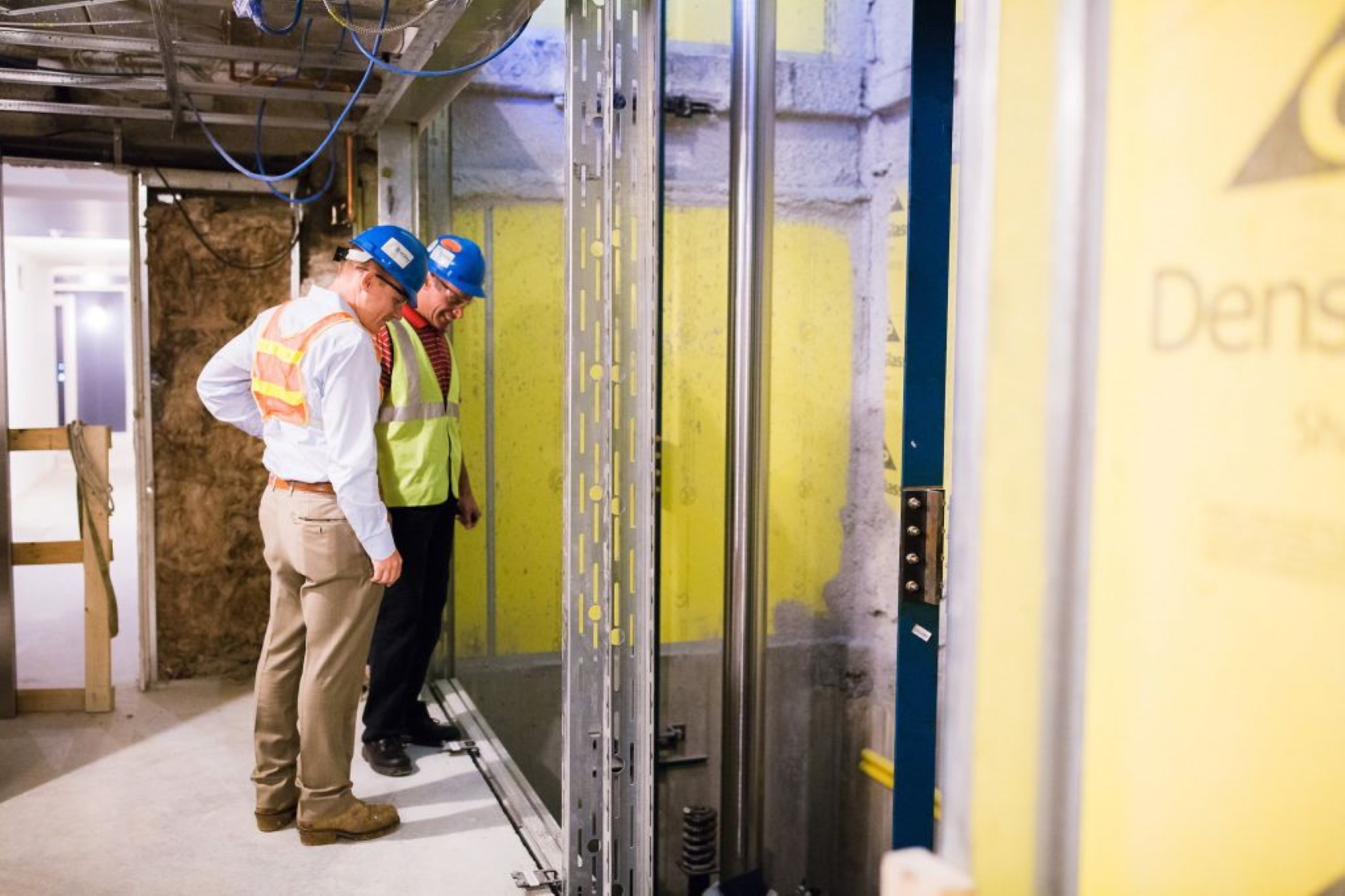Advanced Lift Modernization-- Upgrade Your Lifts for Better Efficiency and Security
Advanced Lift Modernization-- Upgrade Your Lifts for Better Efficiency and Security
Blog Article
Necessary Overview to Comprehending Handicapped Platform Lifts and Their Functionality
Understanding the intricacies of disabled platform lifts surpasses plain recognition; it needs a thorough grasp of their functionality and layout. From the different types available to the crucial elements that make them operational, each aspect adds to the smooth procedure of these crucial ease of access tools. Furthermore, the rigid security policies and upkeep considerations related to platform lifts are paramount in guaranteeing their reliability and long life. By checking out these elements in detail, one can get a profound understanding of exactly how these lifts not just boost ease of access yet also focus on user safety and security and convenience.
Kinds Of Handicapped System Lifts
There are a number of kinds of disabled system lifts developed to provide ease of access for people with movement difficulties. Upright platform lifts are a popular selection as they move straight up and down, making them suitable for shorter distances and where area is limited. These lifts are typically set up in homes, institutions, and industrial buildings to assist mobility device customers in browsing different degrees. Inclined platform lifts, on the various other hand, are suitable for locations where a vertical lift may not be viable due to building constraints. These lifts adhere to the incline of stairways, supplying a smooth and safe adventure for individuals with wheelchair issues.
An additional kind of disabled system lift is the mobile lift, which offers versatility and convenience. These lifts can be easily moved from one area to one more, making them suitable for temporary occasions or scenarios where an irreversible installment is not possible. Furthermore, exterior platform lifts are developed to withstand varying climate condition, permitting people to gain access to outside rooms with simplicity and independence. Each kind of impaired system lift offers a special objective in boosting accessibility and improving the quality of life for individuals with movement obstacles.
Key Parts and Mechanisms
Disabled system lifts, such as vertical and inclined lifts, count on particular essential parts and mechanisms to ensure smooth and risk-free transportation for individuals with wheelchair difficulties. One vital element of these lifts is the system itself, which offers as the structure for moving people - disabled platform lift. The system is designed to be sturdy, sizable enough to suit mobility devices or flexibility gadgets, and geared up with safety attributes such as guardrails and non-slip surfaces to avoid crashes throughout transit

Furthermore, safety sensors and emergency situation quit buttons are incorporated right into handicapped platform raises to enhance individual safety and avoid mishaps. These components work with each other to produce a dependable and reliable transportation service for people with flexibility impairments.
Setup and Maintenance Factors To Consider

Routine maintenance is similarly essential to maintain disabled platform raises running efficiently. Scheduled examinations, lubrication of relocating components, and screening of safety and security features should be accomplished according to the producer's recommended routine. Any kind of signs of damage need to be attended to without delay to stop additional damage and make certain the lift operates reliably. In addition, having a maintenance log to track solution history and interventions can aid in determining patterns and potential issues prior to they rise. By focusing on appropriate setup and diligent maintenance practices, the long life and efficiency of handicapped system lifts can be made best use of, benefiting both customers and center supervisors.
Security Functions and Laws
Ensuring conformity with safety and security laws is critical when examining the effectiveness of security attributes in impaired platform lifts. These lifts go through certain safety and security criteria to shield individuals, making it crucial for makers and operators to comply with these policies. Safety and security features frequently discovered in disabled system lifts consist of emergency quit buttons, security barriers, interlocks, and under-platform sensors. Emergency situation quit switches permit immediate stopping of the lift in situation of an emergency situation, while safety and security barriers protect against individuals from accidentally diminishing the system. Interlocks guarantee that the lift doors are safely shut before the lift operates, boosting individual safety. Under-platform sensors detect blockages beneath the lift, stopping it from descending if an object is in the method. Furthermore, routine maintenance and inspections are required to make certain that safety functions are functioning appropriately and in useful source conformity with laws. By prioritizing safety and security functions and adhering to laws, handicapped system lifts can offer safe and effective transportation for individuals with disabilities.
Advantages of Utilizing System Lifts
Compliance with safety and security regulations and the application of important safety and security functions in impaired platform lifts contribute description to the total benefits of making use of these lifts for people with specials needs. Beyond safety and security, system lifts use a variety of benefits that enhance access and benefit. One primary benefit is the boosted self-reliance they offer to users with movement obstacles. By providing a reliable ways of upright transportation, system lifts equip people to access various levels of a building without help, promoting a feeling of freedom and freedom. Furthermore, system lifts are versatile and can be installed in numerous settings, including homes, institutions, and commercial buildings, making them a functional solution for a large range of atmospheres. These lifts also advertise inclusivity by ensuring that people with impairments can navigate rooms along with their able-bodied peers. On the whole, the benefit, freedom, and inclusivity facilitated by platform lifts considerably improve the high quality of life for individuals with handicaps, making them a vital access solution.

Conclusion
To conclude, impaired system raises come in numerous types with essential parts and mechanisms that enable safe and effective procedure. Installation and upkeep factors to consider are important for guaranteeing appropriate capability. Safety attributes and policies must be adhered to whatsoever times to avoid accidents - lift service companies. The advantages of using system lifts include increased accessibility and independence for individuals with specials needs.
Report this page